Microsoft Dynamics 365 Fundamentals MB920 Course Outline
Within this Microsoft training course, you will learn the following modules:
Module 1: Describe the Finance and Operations Apps
- Introduction
- Describe Enterprise Resource Planning (ERP)
- Describe Finance and Operations Apps Use Cases
- Describe the Finance and Operations Apps User Interfaces
- Exercise: Navigate the Finance and Operations Apps
Module 2: Describe Reporting and Integration Capabilities in Finance and Operations Apps
- Introduction
- Describe Reporting Options
- Describe How to Use Power BI to Analyse Data
- Describe Options for Manipulating Data from Finance and Operations Apps Within Excel
- Describe Microsoft Office 365 Integration Capabilities
- Exercise: Excel Integration
- Describe Options for Integrating Finance and Operations Apps with Microsoft Power Platform
- Explore Business Events Integration Capabilities
Module 3: Describe Dynamics 365 Finance Core Capabilities
- Introduction
- Describe Finance Capabilities and Features
- Describe Organisation and Legal Entities
- Describe Number Sequence Functionality
- Describe Tax Capabilities
- Describe Cost Accounting Concepts
Module 4: Describe the General Ledger in Dynamics 365 Finance
- Introduction
- Describe the Chart of Accounts Functionality
- Describe Financial Dimensions and Dimension Set Concepts
- Describe Periodic Financial Processes
- Describe Journaling Concepts
- Exercise: Create a Main Account
Module 5: Describe Accounts Payable and Accounts Receivable in Dynamics 365 Finance
- Introduction
- Describe Core Accounts Payable Components
- Describe Vendor Payments and Settlements
- Describe Core Accounts Receivable Components
- Describe Credit and Collection Processes
- Describe Revenue Recognition
Module 6: Explore Expense Management, Fixed Asset Management, and Budgeting in Dynamics 365 Finance
- Introduction
- Describe Cash and Bank Management Concepts
- Describe Expense Management
- Describe Fixed Asset Management
- Describe Budgeting Capabilities
Module 7: Describe the General Capabilities of Dynamics 365 Supply Chain Management
- Introduction
- Describe Supply Chain Management Capabilities and Features
- Describe Product Master Records, Product Variants, and Product Dimensions
- Exercise: Create a Product
- Describe Pricing and Discounts in Relation to Trade Agreements
- Describe the Procure-To-Pay Process
- Exercise: Create A Purchase Order
- Describe the Order-To-Cash Process
Module 8: Describe Warehouse and Inventory Management Capabilities In Dynamics 365 Supply Chain Management
- Introduction
- Describe Costing Methods
- Describe Item Arrival Journals and Cross-Docking
- Describe Inventory Reservations, Picking and Packing, Replenishment, and Shipments
- Describe Inventory Counting and Inventory On-Hand Concepts
- Describe Quality Management Capabilities
- Describe Use Cases for Warehouse Management Systems (WMS)
- Describe Use Cases for Transportation Management Systems
Module 9: Describe Manufacturing Strategies in Dynamics 365 Supply Chain Management
- Introduction
- Describe Manufacturing Types
- Describe Manufacturing Strategies
- Describe the Production Elements of a Production Process
- Describe Item Tracking and Tracing Processes
- Describe Manufacturing Execution
- Describe Master Planning and Planning Optimisation
- Exercise: Create a Production Order
Module 10: Describe Dynamics 365 Commerce Capabilities
- Introduction
- Describe Commerce Core Capabilities
- Describe Commerce Channels
- Describe Channel Management Concepts
- Describe Distributed Order Management (DOM)
- Describe Pricing and Discounts
- Describe Product Hierarchies and Assortments
- Exercise: Create a Product Assortment
- Explore Store Commerce
- Describe E-Commerce Capabilities
Module 11: Describe Dynamics 365 Commerce Clienteling Capabilities and Dynamics 365 Fraud Protection
- Introduction
- Describe Loyalty Programs
- Describe How to Create Personalised Customer Experiences by Using Clienteling
- Describe Fraud Protection
Module 12: Describe Dynamics 365 Human Resources Core Capabilities
- Introduction
- Describe Use Cases of Dynamics 365 Human Resources
- Describe Workers and Positions
- Describe the Hire-To-Retire Process
- Describe Compensation and Benefits Capabilities
- Describe Leave and Absence Capabilities
- Describe Compliance Features
Module 13: Describe Personnel Management Capabilities in Dynamics 365 Human Resources
- Introduction
- Describe Self-Service Capabilities
- Describe Employee Training and Certification Features
- Describe Performance Management Capabilities
Module 14: Identify Project Life Cycle Management Capabilities in Dynamics 365 Project Operations
- Introduction
- Describe Dynamics 365 Project Operations Capabilities
- Describe Project-Based Services and Project Types
- Describe How Project Operations Supports Different Industries
- Describe the Project Life Cycle
- Describe Project Sales Capabilities
- Describe Project Purchase Orders
- Describe Project Contract Capabilities
- Describe Project Pricing Capabilities
Module 15: Describe the Project Planning and Execution Capabilities of Dynamics 365 Project Operations
- Introduction
- Describe Project Planning
- Describe Project Scheduling and Resourcing
- Describe Work Breakdown Structures
- Describe Project Invoicing
- Describe Project Cost Tracking
- Describe Project Budget Capabilities






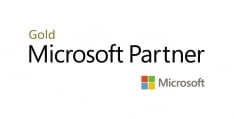

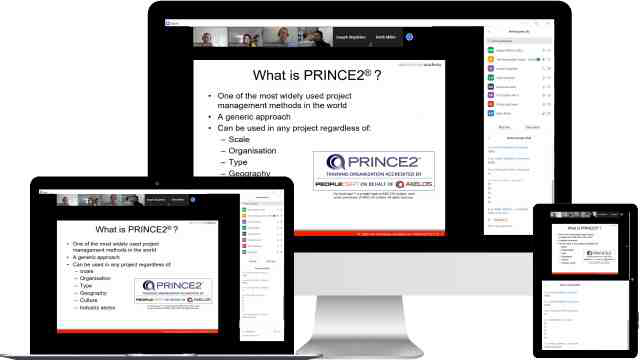
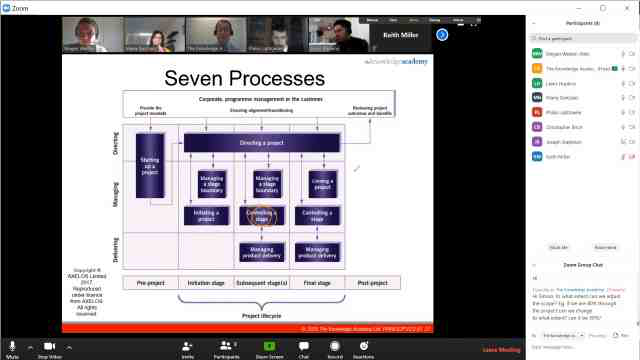
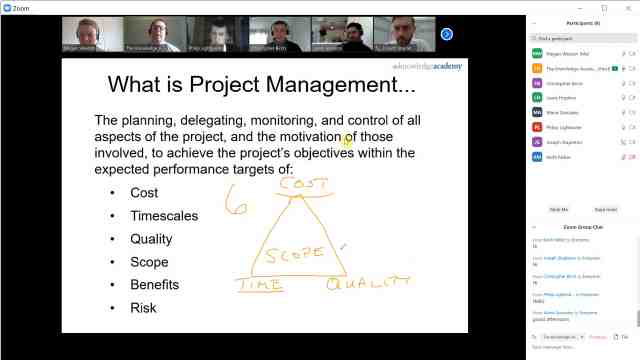
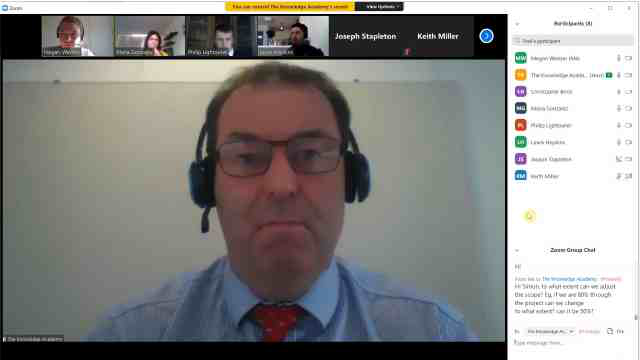
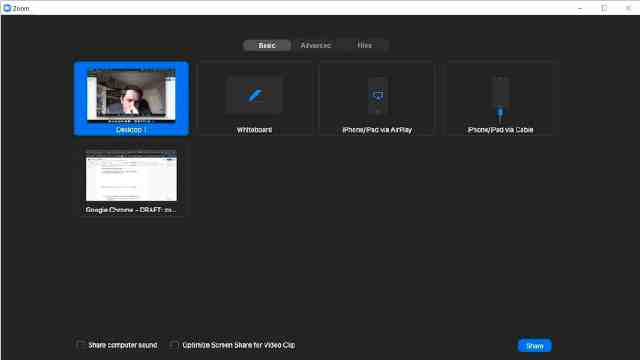


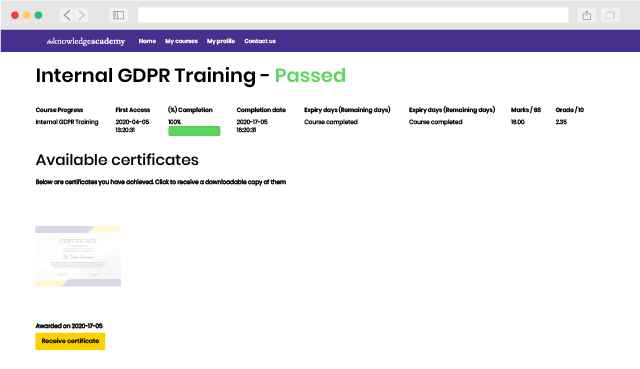
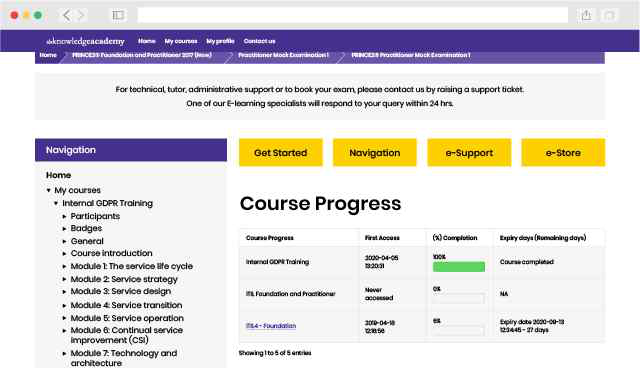
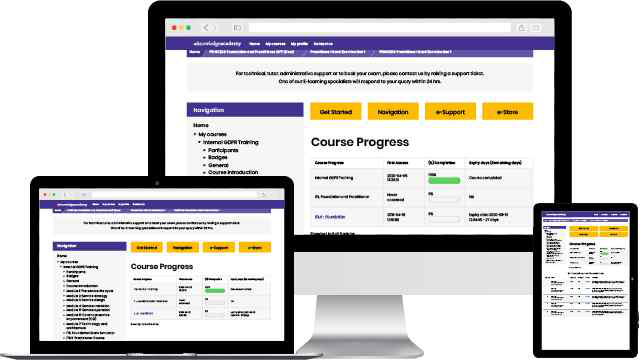
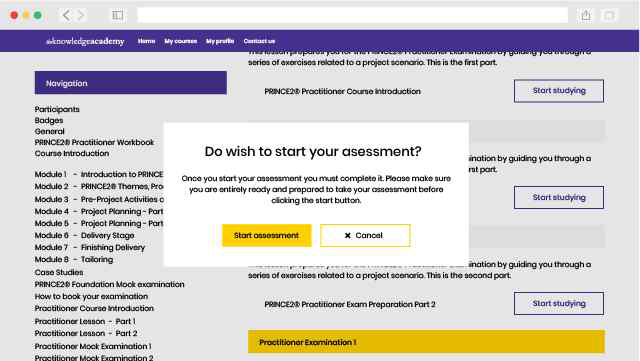
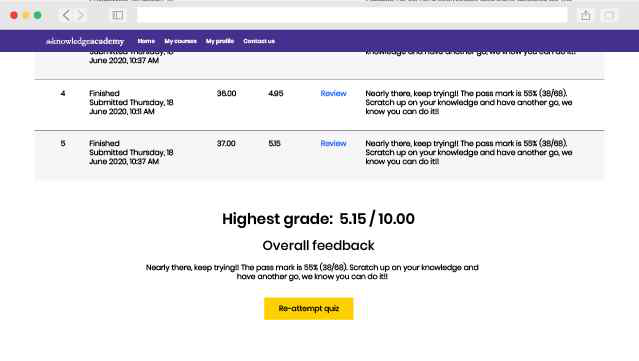









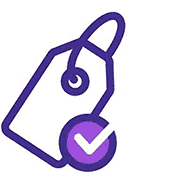











 Back to course information
Back to course information




 If you wish to make any changes to your course, please
If you wish to make any changes to your course, please

